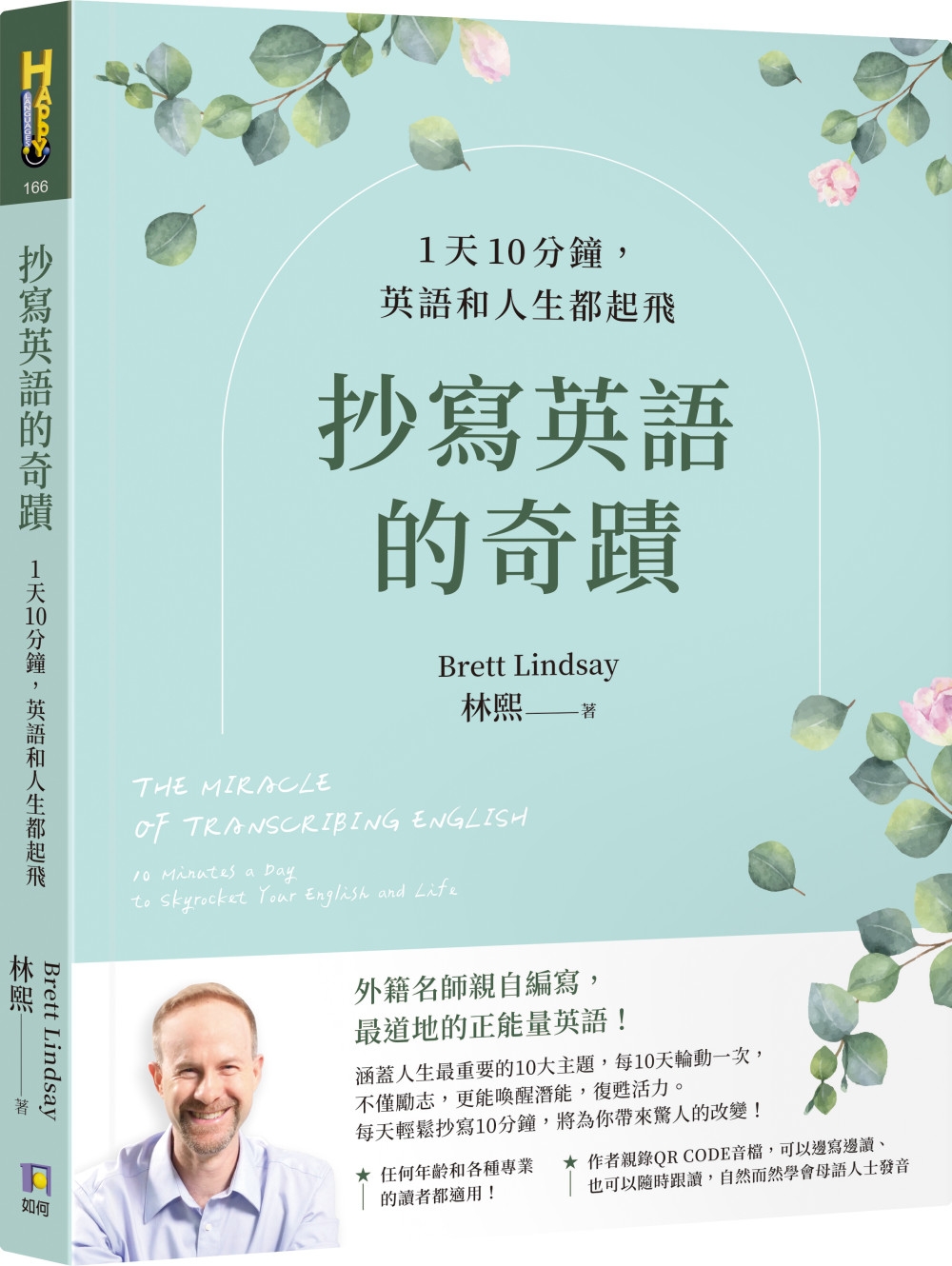Ed Bethune grew up in Arkansas and has a deep understanding of American culture. He joined the Marines when he was eighteen years old and rose to the rank of sergeant. He received an honorable discharge in 1957 and then earned two degrees from the University of Arkansas at Fayetteville, a bachelor of science from the School of Business Administration and a juris doctorate from the School of Law. He served four years as a special agent of the FBI including a tour of duty in Newark, N.J. during the race riots of 1967 and the turbulent year that followed. In 1970, he became a prosecuting attorney in Arkansas and then led a complete revision of Arkansas’ antiquated rules of criminal procedure. As a trial lawyer he prosecuted and defended many important cases, civil and criminal. In 1978, against all odds, he won a seat in the United States House of Representatives, the first Republican to hold that seat in 104 years. He served three terms in Congress and then lost a campaign for a seat in the United States Senate. After Congress, Bethune joined the law firm of Bracewell & Giuliani in Washington, D. C. where he specialized in ethics law and represented several congressional leaders (the speaker of the House, the majority leader, and others) in high-visibility matters before the House Ethics Committee. In 1990, he and his wife, Lana, attempted to sail their 31-foot sailboat across the Atlantic Ocean. After six days at sea, they encountered a fierce storm that disabled their boat. They tried to ride out the storm, but it wore them down. The Coast Guard responded to their call for help and rescued them, 210 miles south of Nantucket Island. The story of the rescue appears in his 2011 memoir, Jackhammered, a Life of Adventure. In 2013, Ed Bethune published Anatomy of a Memoir, a Kindle single that encourages everyone to write his or her life story. He and Lana reside in Little Rock, Arkansas. They have two children and eight granddaughters.












